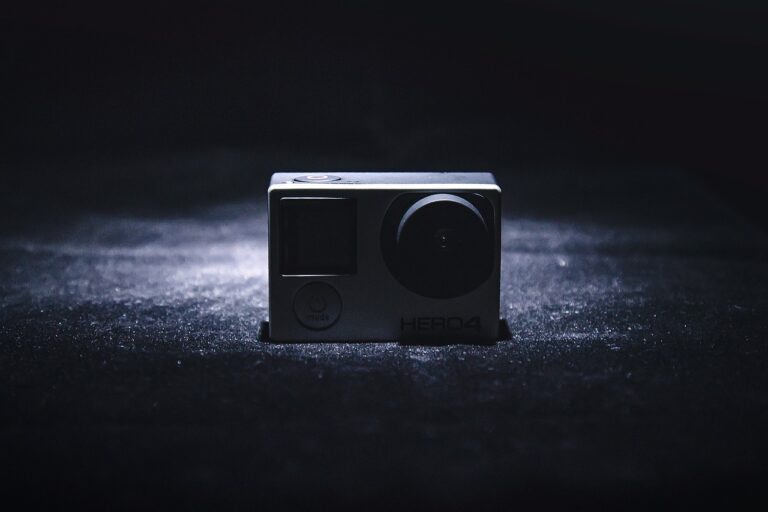The Evolution of Documentary Filmmaking: From Observational to Participatory
Early documentary filmmaking emerged as a response to the technological advancements in film production during the early 20th century. Pioneering filmmakers sought to capture reality on screen, using the medium to showcase real-life events, people, and social issues. This marked a shift away from the fantastical narratives of early cinema towards a more grounded and authentic portrayal of the world.
Filmmakers like Robert J. Flaherty and Dziga Vertov were instrumental in shaping the early documentary style. Flaherty’s groundbreaking film “Nanook of the North” (1922) is considered one of the first feature-length documentaries, showcasing the daily life of an Inuit family in the Arctic. Similarly, Vertov’s “Man with a Movie Camera” (1929) experimented with avant-garde techniques to capture urban life in Soviet Russia. These films laid the foundation for the evolution of documentary filmmaking, setting the stage for future generations of filmmakers to push the boundaries of storytelling through non-fiction cinema.
Early Influences on Documentary Style
Early documentary filmmakers drew inspiration from various sources that shaped the style and techniques of this emerging form of storytelling. One significant influence came from the world of photography, particularly the work of photojournalists capturing real-life moments with their cameras. This emphasis on visually documenting reality directly influenced how early documentary filmmakers approached their subjects, focusing on authenticity and visual storytelling.
Another key influence on the documentary style was the tradition of social activism and advocacy. Many early documentaries were driven by a desire to shed light on societal issues and spark change, echoing the passionate activism of the early 20th century. Filmmakers sought to use the power of visual storytelling to bring attention to important social and political issues, blending elements of journalism and storytelling to create impactful documentaries.
• Early documentary filmmakers drew inspiration from the world of photography, especially photojournalists
• Emphasis on visually documenting reality influenced early documentary style
• Tradition of social activism and advocacy played a significant role in shaping documentary filmmaking
• Desire to shed light on societal issues and spark change drove many early documentaries
• Filmmakers used visual storytelling to bring attention to important social and political issues
Transition to Observational Documentary Filmmaking
Observational documentary filmmaking marks a significant shift in the way documentaries are created and consumed. This style prioritizes capturing real-life moments as they unfold naturally, without interference or manipulation from the filmmaker. By employing a more hands-off approach, observational documentaries aim to provide viewers with an unfiltered and authentic glimpse into the subjects being explored.
One of the key techniques used in observational documentary filmmaking is the concept of “fly-on-the-wall” filming. This technique involves the filmmaker immersing themselves in the environment of the subjects without actively influencing or directing the action. By blending into the background, filmmakers can capture genuine moments and emotions that might otherwise be altered or affected by their presence. This approach results in documentaries that feel raw and honest, offering viewers a realistic portrayal of the people and situations being documented.
What is observational documentary filmmaking?
Observational documentary filmmaking is a style of filmmaking that aims to capture real-life events as they happen without any interference or manipulation from the filmmaker.
How has observational documentary filmmaking evolved over time?
Observational documentary filmmaking has evolved from the early days of structured narratives to a more naturalistic and unobtrusive style that allows the subjects to dictate the direction of the film.
What are some early influences on observational documentary style?
Early influences on observational documentary style include pioneers like the Maysles brothers and Frederick Wiseman, who focused on capturing human behavior and social issues in a raw and unfiltered manner.
What prompted the transition to observational documentary filmmaking?
The transition to observational documentary filmmaking was driven by a desire for more authenticity and realism in documentary storytelling, as well as a shift towards more immersive and experiential forms of filmmaking.







